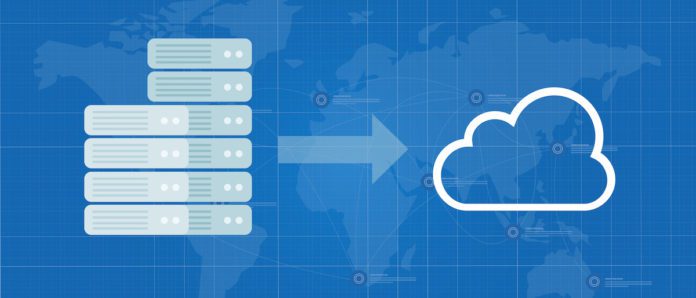The number of workloads running in the cloud has exploded in the last few years, and the coronavirus epidemic is set to drive this figure even higher. In 2017, cloud workloads represented 86% of all workloads worldwide, according to Statista, and this figure is set to grow to over 90% by the end of the year.
Migration Planning
For companies still planning to move their operations to the cloud, what’s needed is a clear migration plan. This involves establishing the reasons for moving applications to the cloud, determining which applications and their dependencies will benefit from being moved to the cloud (or replaced with cloud-native applications), deciding which cloud to move to, and then working out the likely resources in the cloud that will be needed and the cost of these cloud resources.
Network Resources
Another area that needs considering is the likely network resources that will be needed to support users, working in corporate offices or remotely, while they access the applications and data that are moved to the cloud.
This is important because a migration to the cloud will likely lead to a significant increase in WAN traffic as data is moved to and from the cloud, although LAN traffic will not necessarily fall significantly. That means it may be necessary to make arrangements to increase the effective bandwidth of WAN connections to the cloud, either by increasing physical links or by using various WAN optimization techniques and (probably) hardware. Adding a level of redundancy may also be a prudent course of action.
Network Security
Organizations also may have to consider changing the way that they manage network security when employees are accessing applications in the cloud remotely or from within the corporate network. That may well involve using a SASE solution, with network security controls provided as a service from different access points outside the corporate network.
Also read: Taking the Unified Threat Management Approach to Network Security
Migration Strategies
When it comes to individual applications, or, more realistically, groups of interdependent applications and their data, what’s needed are different migration strategies depending on their particular attributes and requirements.
In general, organizations need to pick from one of six different migration strategies, known as the six Rs of cloud migration: Retiring, Retaining, Rehosting, Replatforming, Repurchasing, and Refactoring/Re-architecting.
Retiring
The simplest way to handle the migration of an application is simply to get rid of it. During the assessments needed to establish whether an application is suitable for migration to the cloud it is likely that some applications which are no longer needed will be surfaced. These applications can simply be retired, providing a handy monetary saving which can be set against the one-off migration costs for other applications.
Retaining
Another simple way to handle migration is not to migrate at all, but rather to leave the application where it is currently running in the data center. There are a number of reasons why this might be appropriate:
- The cost of migrating an application to the cloud may be too high
- It may be worth waiting some years until the hardware it is running on has depreciated
- It may need to remain in the data center for other reasons such as performance, security, or regulatory requirements.
Rehosting
Sometimes known as “lift and shift”, this forklift solution involves moving physical servers (and virtual servers) onto an IaaS platform which directly mimics the setup in the data center, including servers, storage, and networking infrastructure. Rehosting is popular with conservative or risk averse organizations, or ones that want to make an initial move to the cloud before starting to rearchitect their operations significantly.
Replatforming
This strategy is often used where large organizations have legacy systems of many different types that are too complex simply to lift and shift. Instead, various adjustments and accommodations have to be made so that the systems can be run on virtual machines in the cloud. Although this can be costly, it provides an opportunity to move such systems to the cloud without too much difficulty, while being able to take advantage of cloud benefits, such as lower costs and better security.
Repurchasing
Instead of adapting existing applications to fit the cloud, another strategy is simply to abandon them and use something new that has been designed to operate in the cloud. This will frequently involve switching non-mission-critical functions. such as CRM or HR, to purpose-built SaaS platforms after moving the related data from existing on-premises applications
Refactoring/Rearchitecting
This last cloud migration strategy is the most complicated, but the one that is likely to yield the biggest benefits. Essentially it involves making significant changes or, more likely, rebuilding applications from the ground up to work as cloud-native applications or collections of microservices, often running in containers.
This kind of rebuild allows organizations to gain the full benefits of cloud scalability, redundancy, accessibility, and lower costs. However, it is also the most expensive to implement and it requires the most time, and therefore many organisations choose to refactor/rearchitect only after they have made an initial “lift and shift” migration to the cloud.
Read next: How Data Centers Must Evolve in the Cloud First Era



